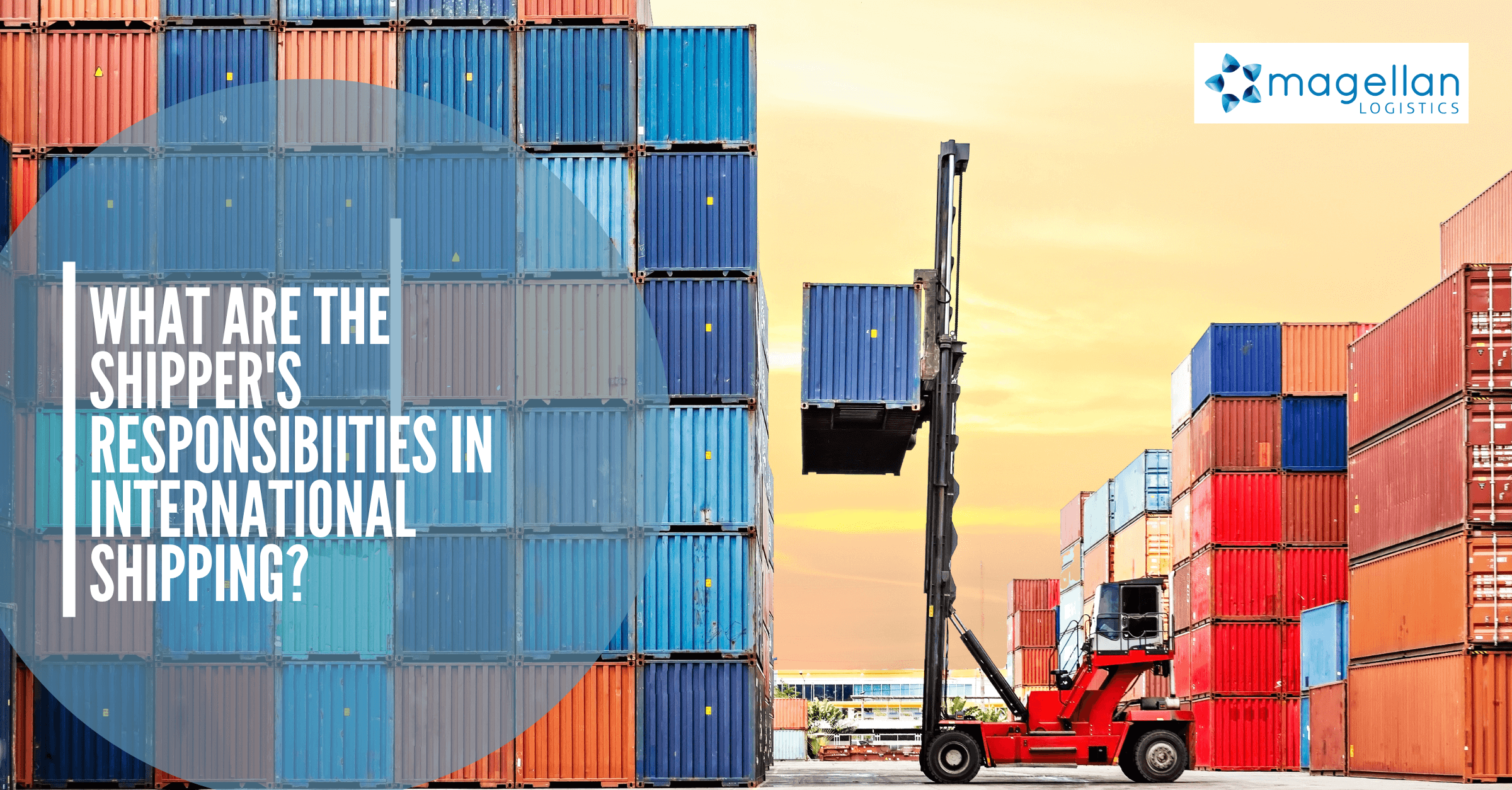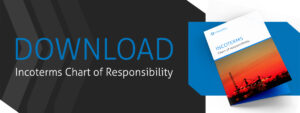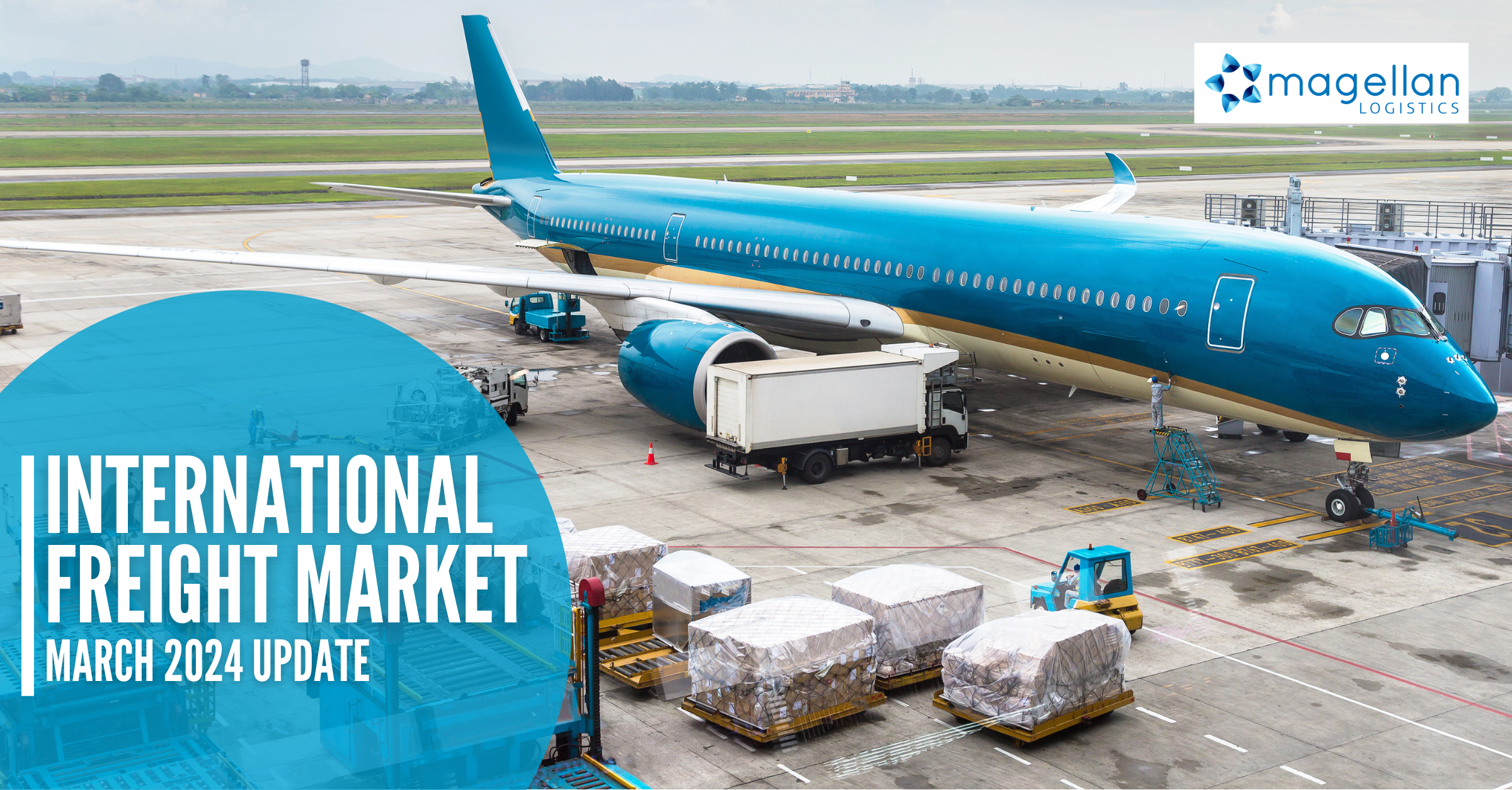The question of who does what in international trade can be fraught. The usual answer is, “It depends”. International shipping is a complex set of processes with many moving parts and decision points. Who is responsible for what can change depending on what decisions are made along the way. Not understanding your shipper’s responsibilities can cause cost blowouts or stranded shipments.
A freight forwarder is an agent for shippers who want to move products from overseas to a local destination. They arrange air or sea freight and road or rail transport and act as intermediaries between shippers and carriers.
What does a freight forwarder do?
- Oversees the shipping of goods, including carrier, packing, mode, and route.
- Negotiates terms with carriers, books space and handles payments.
- Manages customs clearance, transport documents, and insurance paperwork.
- Tracks and communicates shipment status in real-time.
- Ensures carriers deliver shipments as agreed and overcome issues if they don’t.
- Anticipate potential hold-ups and troubleshoot where things go wrong
Though freight forwarders perform many tasks, importers and exporters must understand their roles too. Freight forwarders can move shipments, prepare the necessary shipping documentation, and keep shipments compliant with Customs, but they can’t do this effectively without the correct information.
What is in your cargo?
The first of the shipper’s responsibilities is to know what is in your cargo. It’s crucial to provide a specific description of your cargo. The carriers you use need this information as it affects decisions about mode – sea freight or air freight, the type of container equipment required, and the cost and time to ship goods. Some commodities must meet particular Customs requirements—for example, those for food are different from those for e-bikes. Raw timber is treated differently from finished furniture.
What tariff classification covers your goods?
Tariff classifications are used to classify and define internationally traded goods. Cargo moved across borders must have an HTS code that corresponds with the Harmonized Tariff Schedule in the import country.
It’s essential to provide accurate information to Customs on entry by giving the correct tariff classifications to their freight forwarder. Licensed customs brokers can help importers identify the correct code.
How big is your shipment, and what does it weigh?
You must also provide your freight forwarder with the exact specifications of what you intend to ship, including the quantity, dimensions, and dimensional weight of your cargo. DIM weight is an estimated weight calculated from a package’s length, width, and height used for commercial freight transport.
Air freight quotes are calculated on weight and size, while Sea freight is calculated mainly on size.
What are Incoterms?
Incoterms are the terms the buyer and seller of goods agree to in international trade. They are a set of rules that define who is responsible – buyer or seller – for specific activities, costs, and risks. Understanding your obligations under the Incoterms, you have agreed to is vital when shipping goods internationally.
For example, the term Free on Board (FOB) requires the seller to arrange the packaging, loading and delivery of goods to the terminal and the export terminal charges and duties until the cargo is loaded onto a vessel or aircraft. At this point, the risk and responsibilities transfer to the buyer who arranges the carriage from the origin port to the destination and all associated insurance, import duties and destination charges.
But with Cost Insurance Freight (CIF), the seller holds responsibility for the cargo right up until it arrives at the destination port. The importer then assumes responsibility for destination terminal charges, wharf cartage and duties.
A shipper’s responsibilities also include understanding the obligations of your incoterms. Your customs broker or the freight forwarder will help you decide which Incoterm works best in your situation.
Where did your goods come from?
The Country of Origin is the country where the goods were produced, grown or manufactured. Just because a product ships from China doesn’t mean China is the Country of Origin. Shipping a product through another country won’t affect its origin; however, it may impact duty rates in the destination country. Importers must demonstrate supply chain transparency and list the correct Country of origin.
Where will they end up?
Your freight forwarder will also need to understand your expectations about where you need your cargo to be delivered. Work out if you want goods shipped door to door, door to port, port to port, or port to door.
Know your local area. Be specific about the details of the pickup or delivery destination. Will the retail strip in which your shop is located permit semi-trailer access? Would you like the container left at your premises, or do you need an unpacking service? What about your dock – container doors to the rear or the front?
Understanding dangerous goods
Do your goods qualify as dangerous or hazardous? Hazardous goods require special handling.
The International Maritime Organisation has published a dangerous goods code to ensure the safe and unrestricted movement of dangerous goods, preserve the marine environment, and prevent marine pollution. Voluntary compliance with the code began on 1 January 2019, and mandatory compliance with the code started on 1 January 2020. The International Civil Aviation Organisation controls procedures for shipping dangerous goods by air.
Specific rules and regulations apply to some types of cargo, such as lithium batteries.
One of the shipper’s responsibilities is to use containers with the correct UN rating for shipping and storing their hazardous goods.
Provide all essential shipping documents
These documents provide product and packaging details for each shipment. These include:
- Bill of Lading / Airway Bill – A binding contract of carriage between the carrier and cargo owner and serves as proof of ownership of the goods.
- Commercial Invoice – required by the shipper, carrier and consignee, and government authorities such as customs.
- Packing List – details the amount, weight, dimensions, description of the cargo and shipping marks.
- Packaging Declaration – tells the Department of Agriculture, Fisheries and Forestry (DAFF) which packing materials were used in the shipment.
- Certificate of Origin – certifies where the goods were produced, grown or manufactured.
A freight forwarder’s job is to help shippers get their goods from origin to destination. From liaising with origin agents, Border Force, and local carriers to advising you on the best and fastest ways to get your goods into store, our freight experts and licensed Customs Brokers can partner with you as you navigate the complexities of international trade.
Get in touch with one of our freight specialists today or call us on 1300 651 888.
Sources:
https://www.abf.gov.au/importing-exporting-and-manufacturing/tariff-classification/2022-harmonized-system-changes
https://www.icao.int/Pages/default.aspx
https://www.imo.org/














